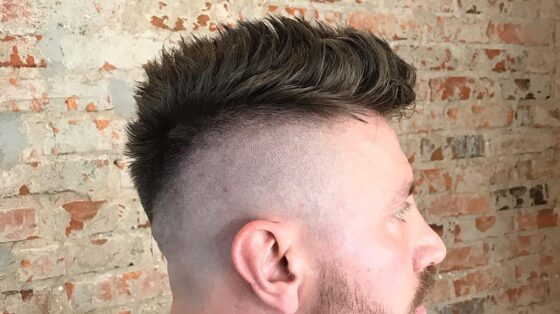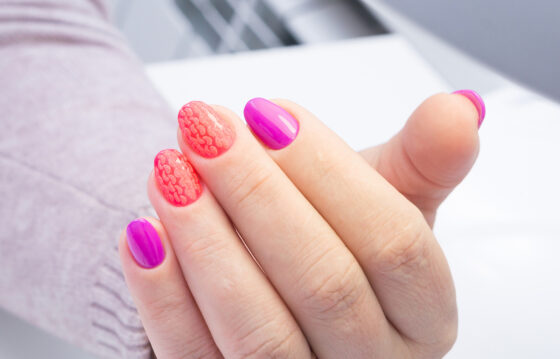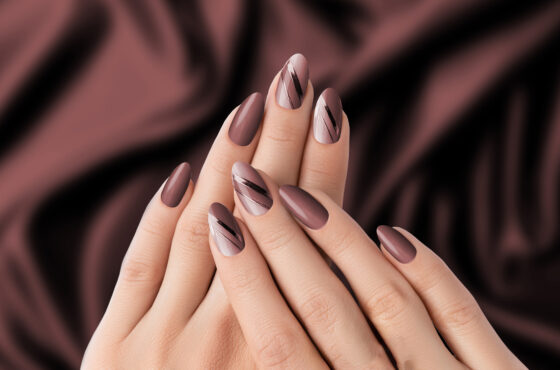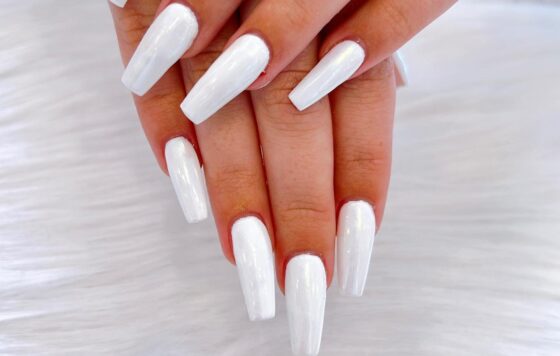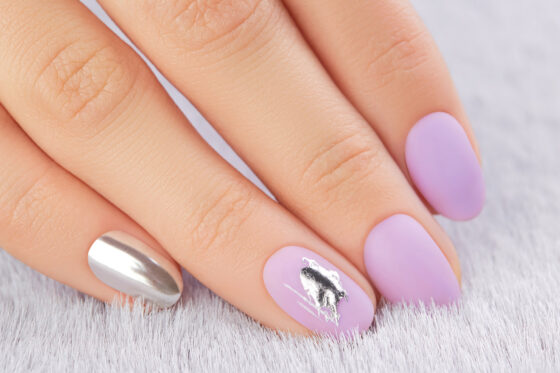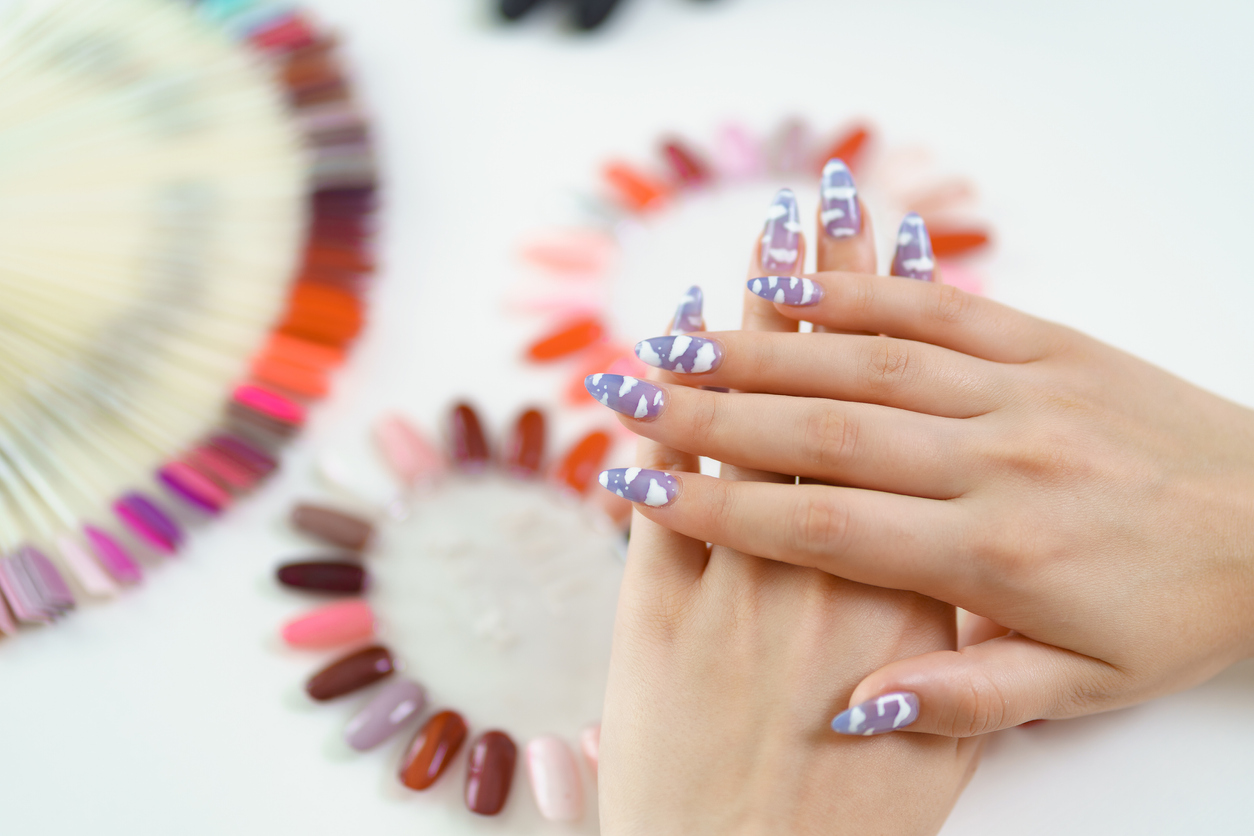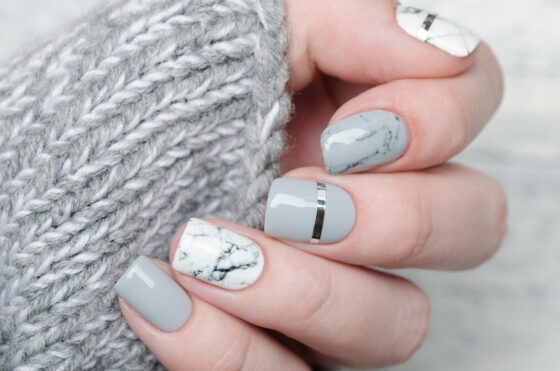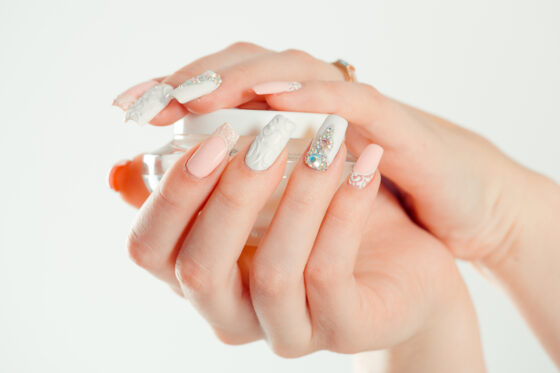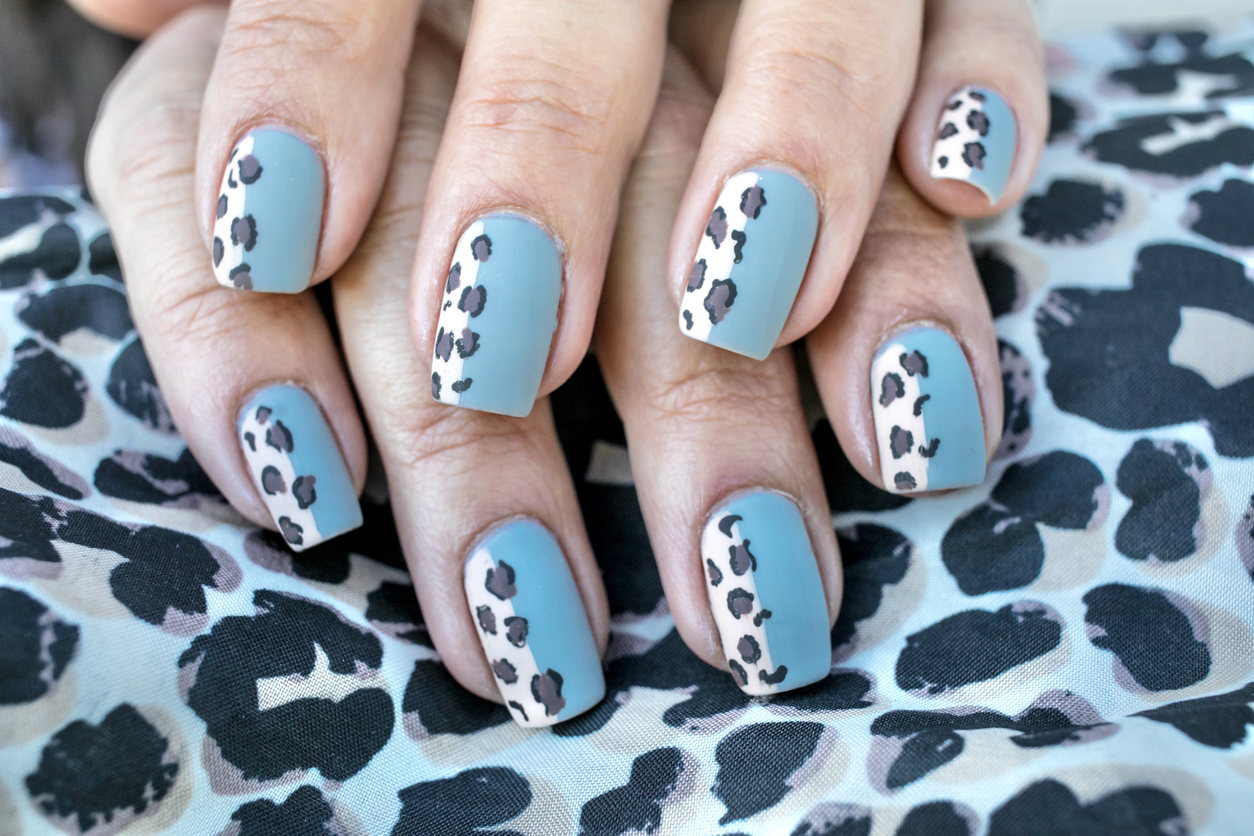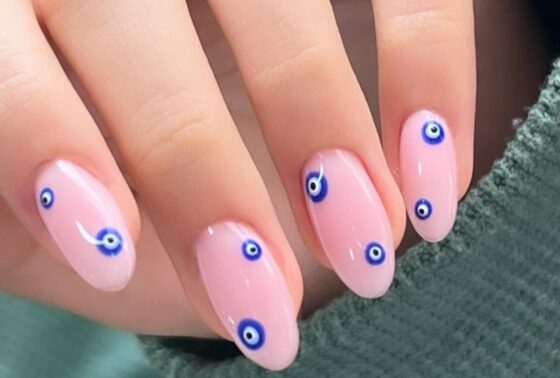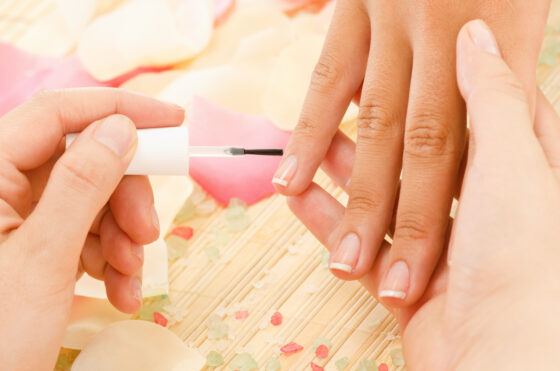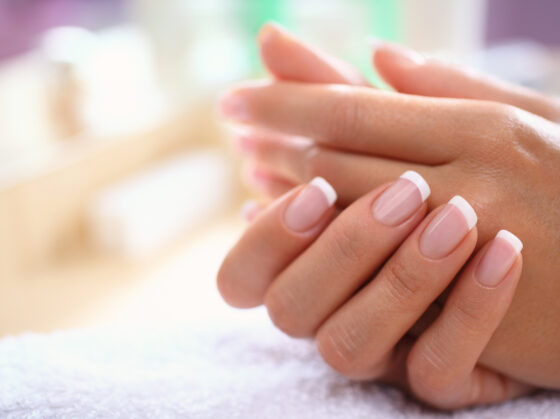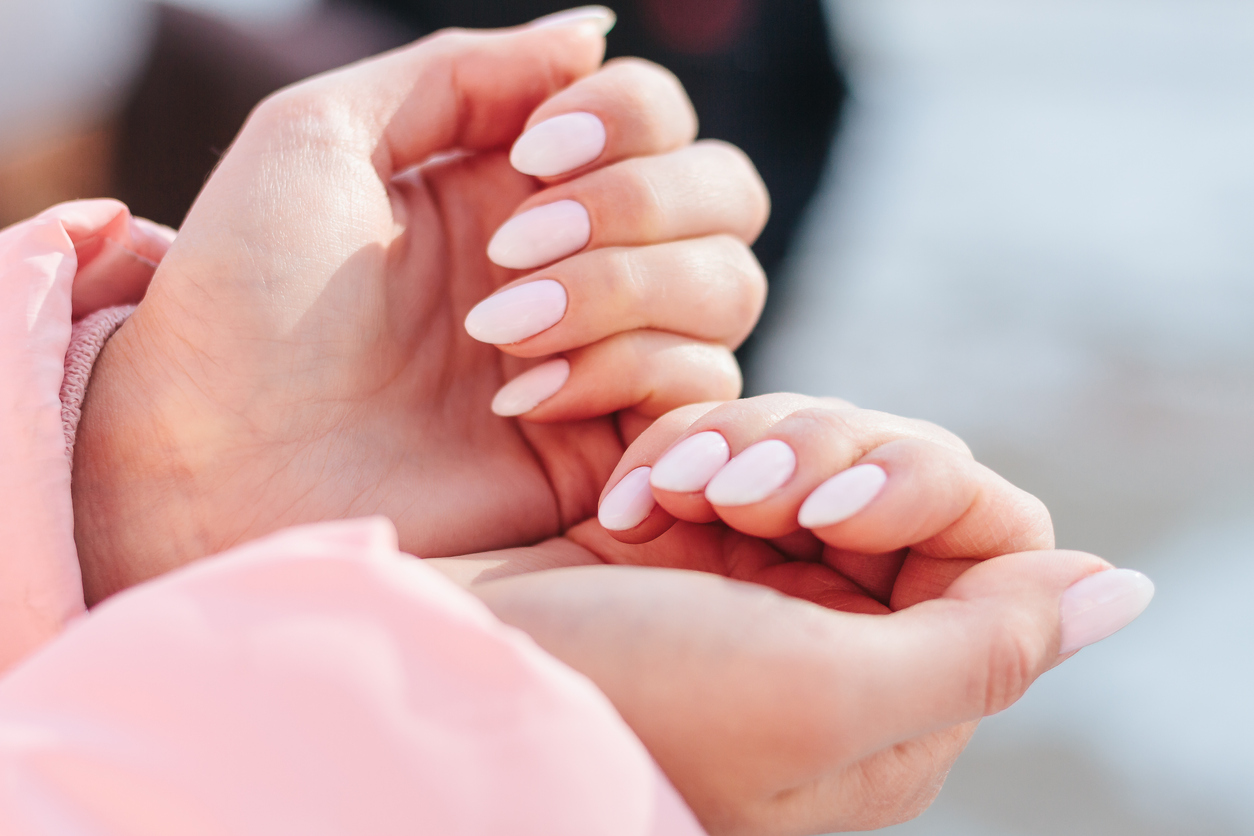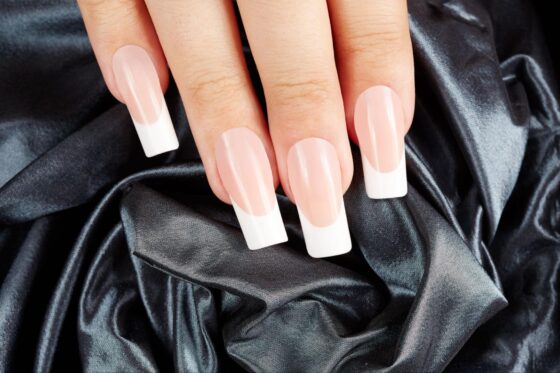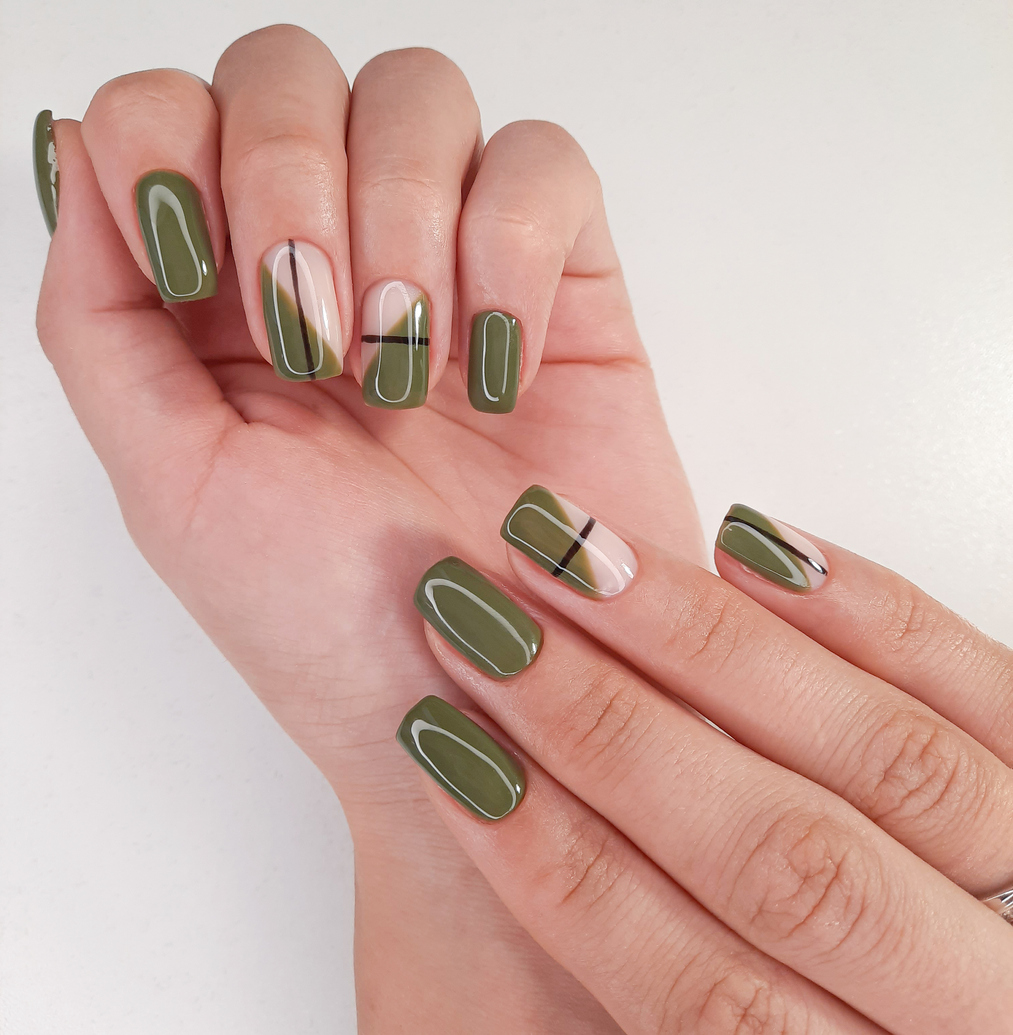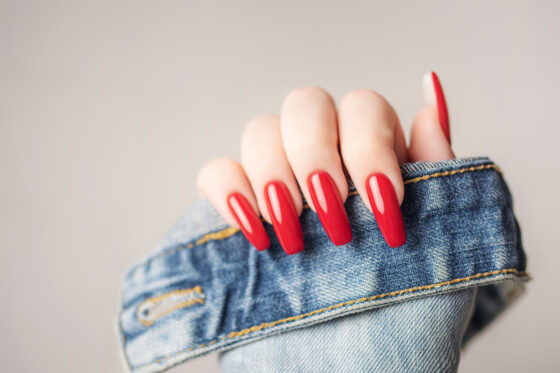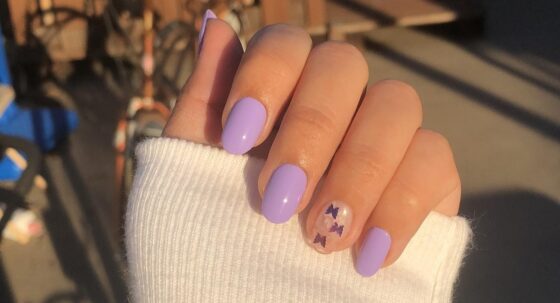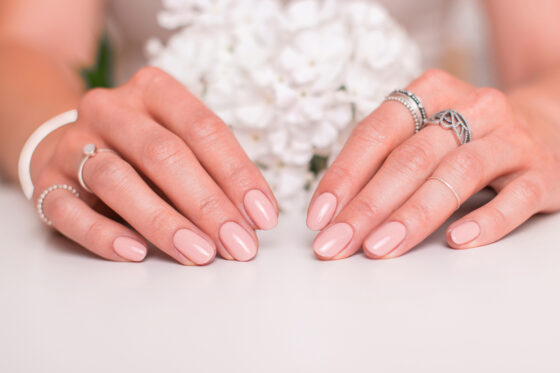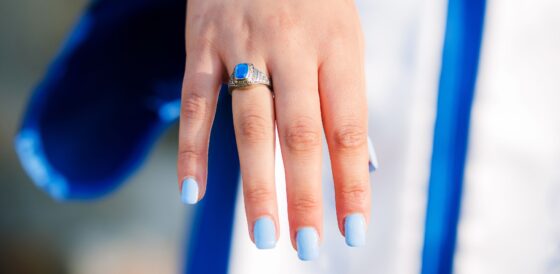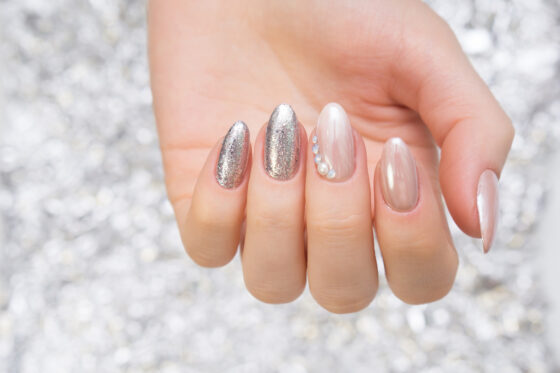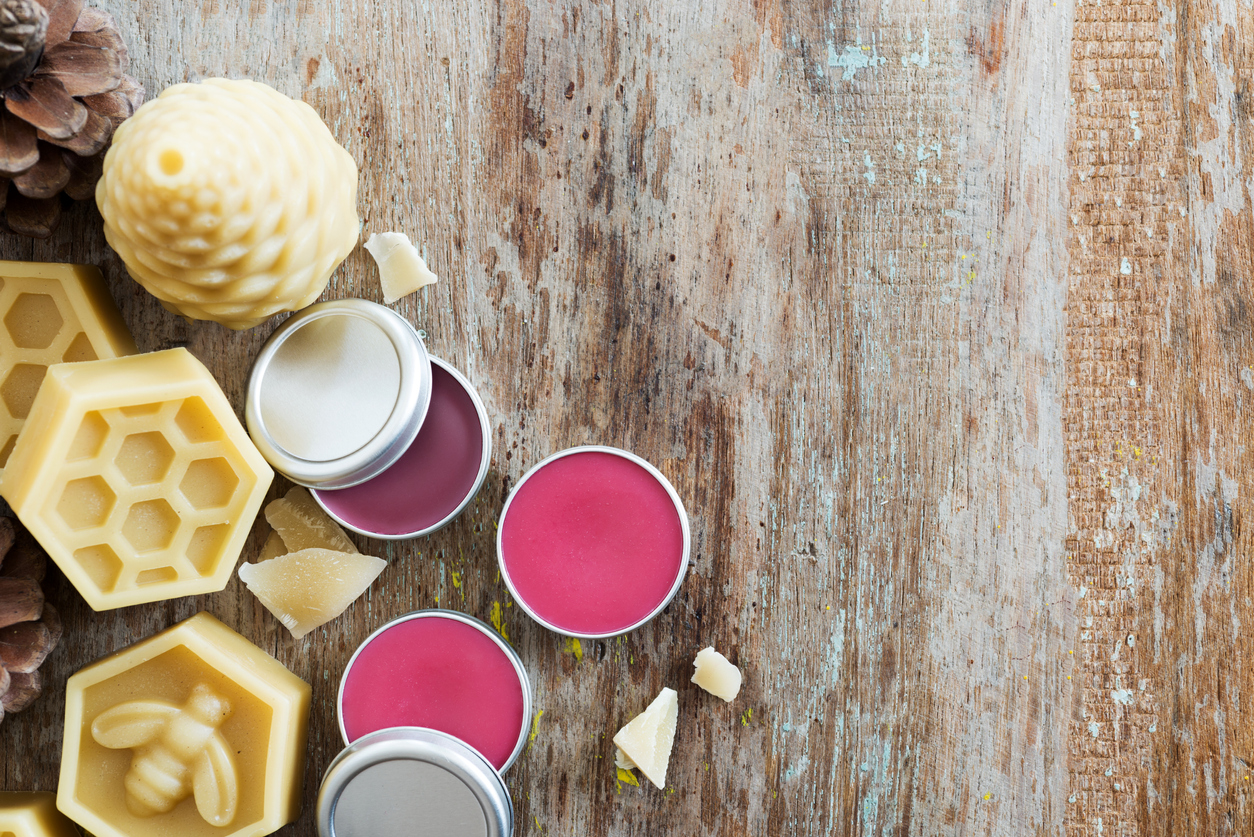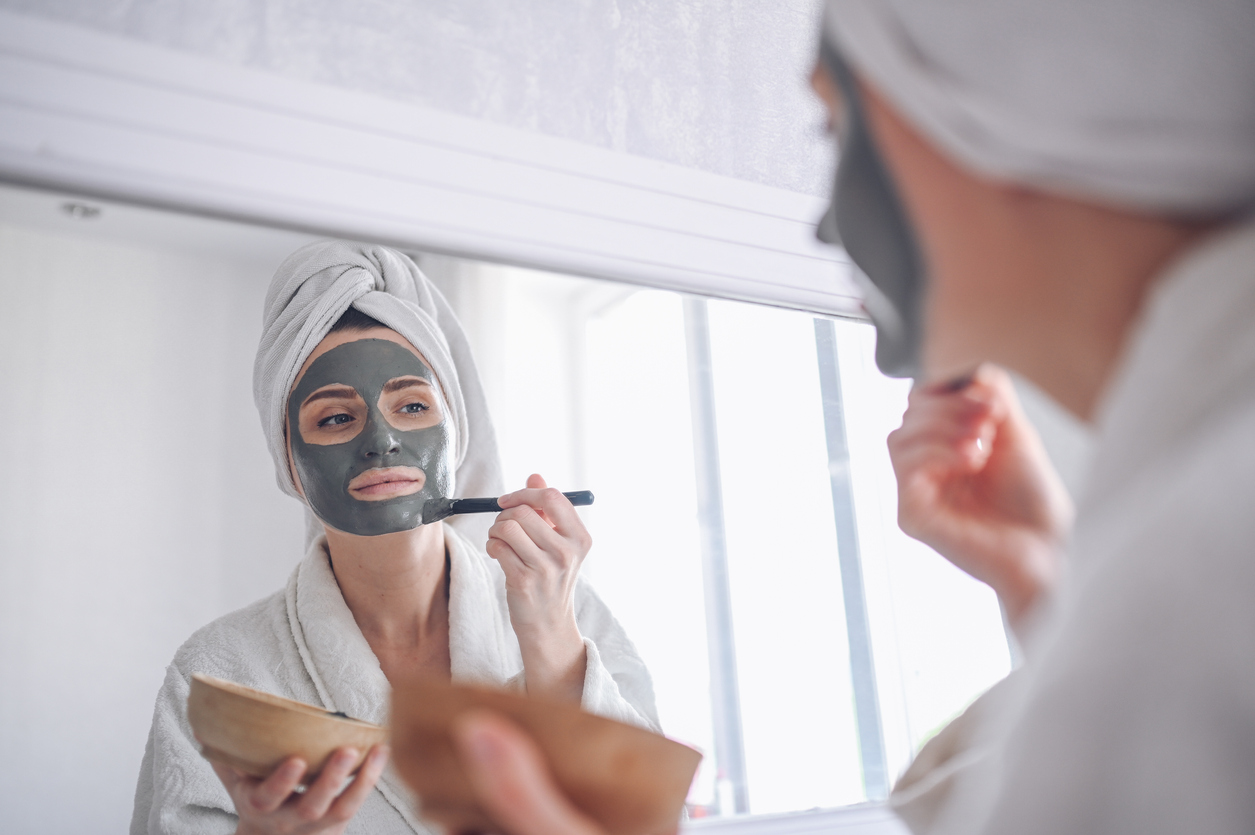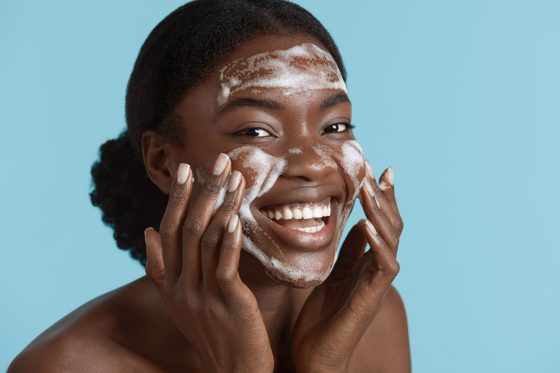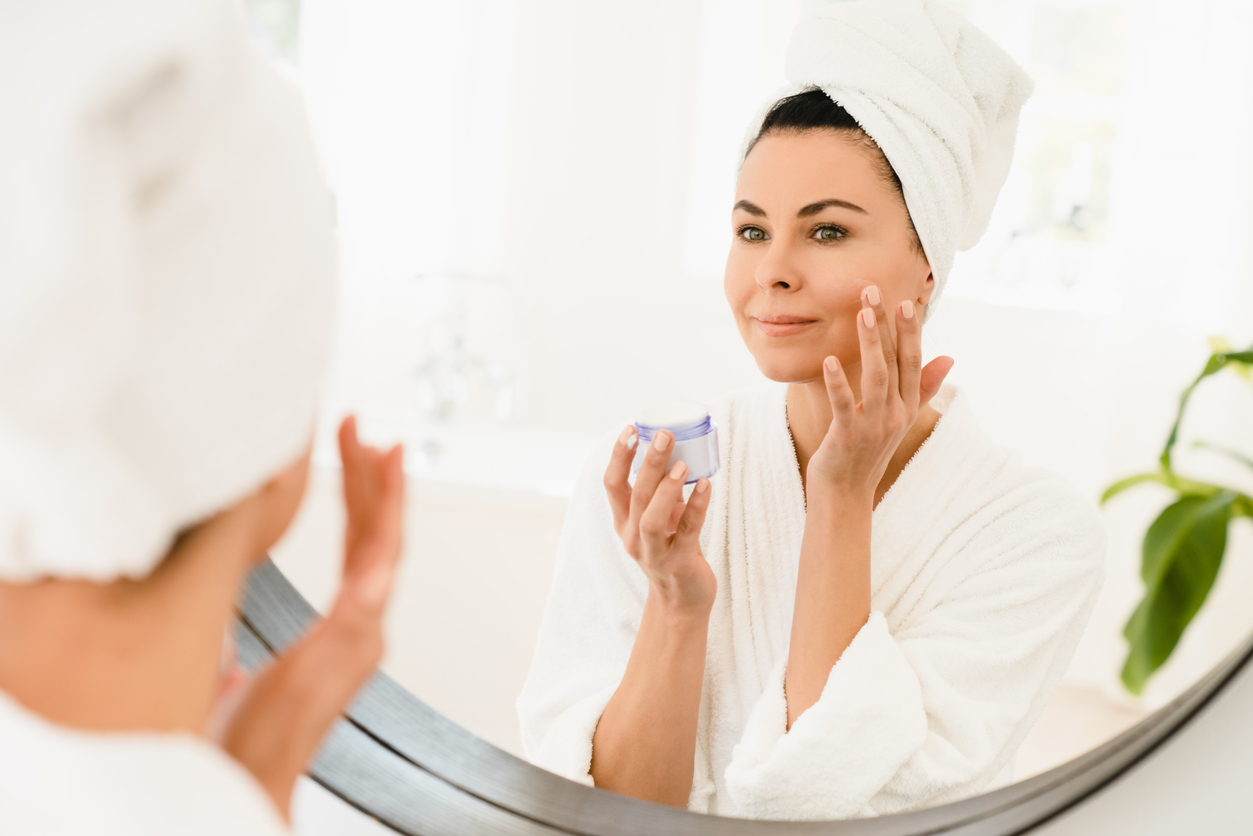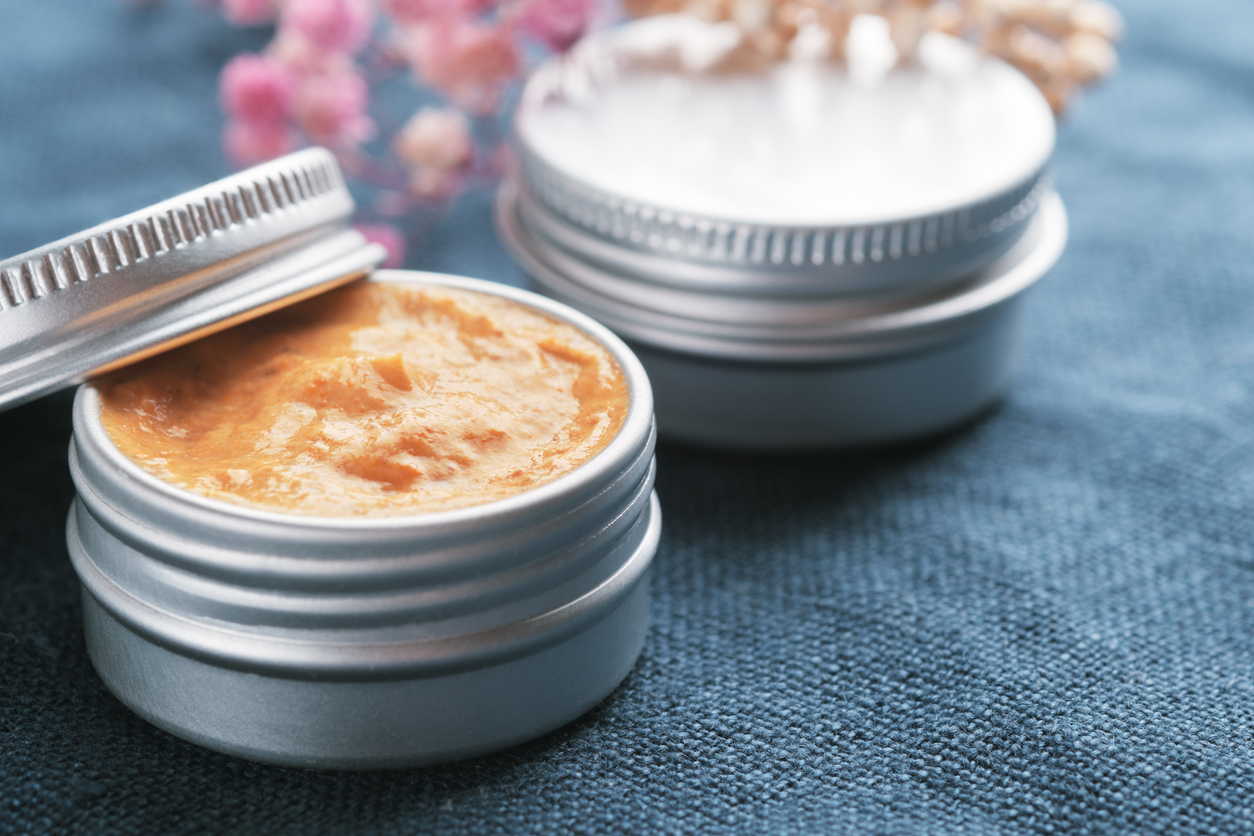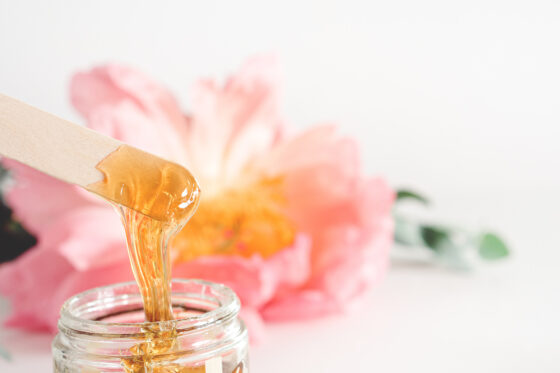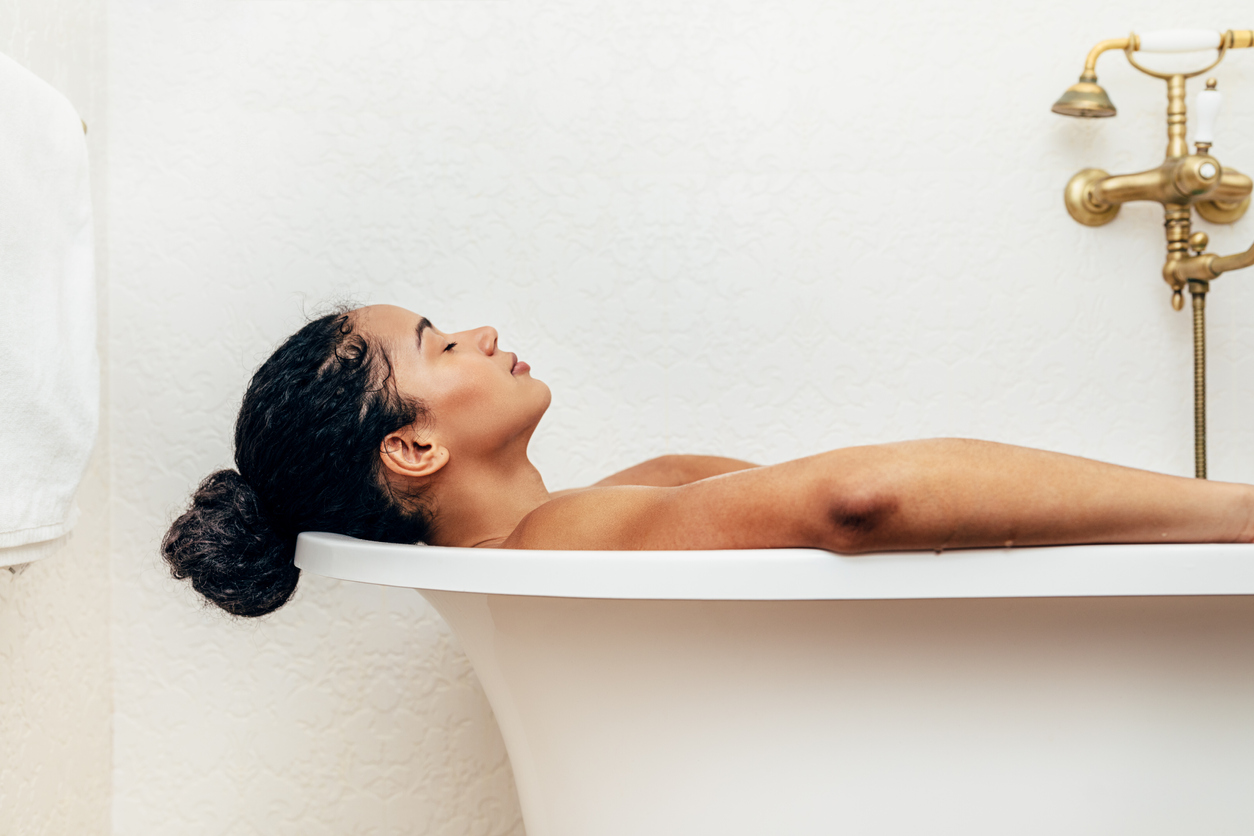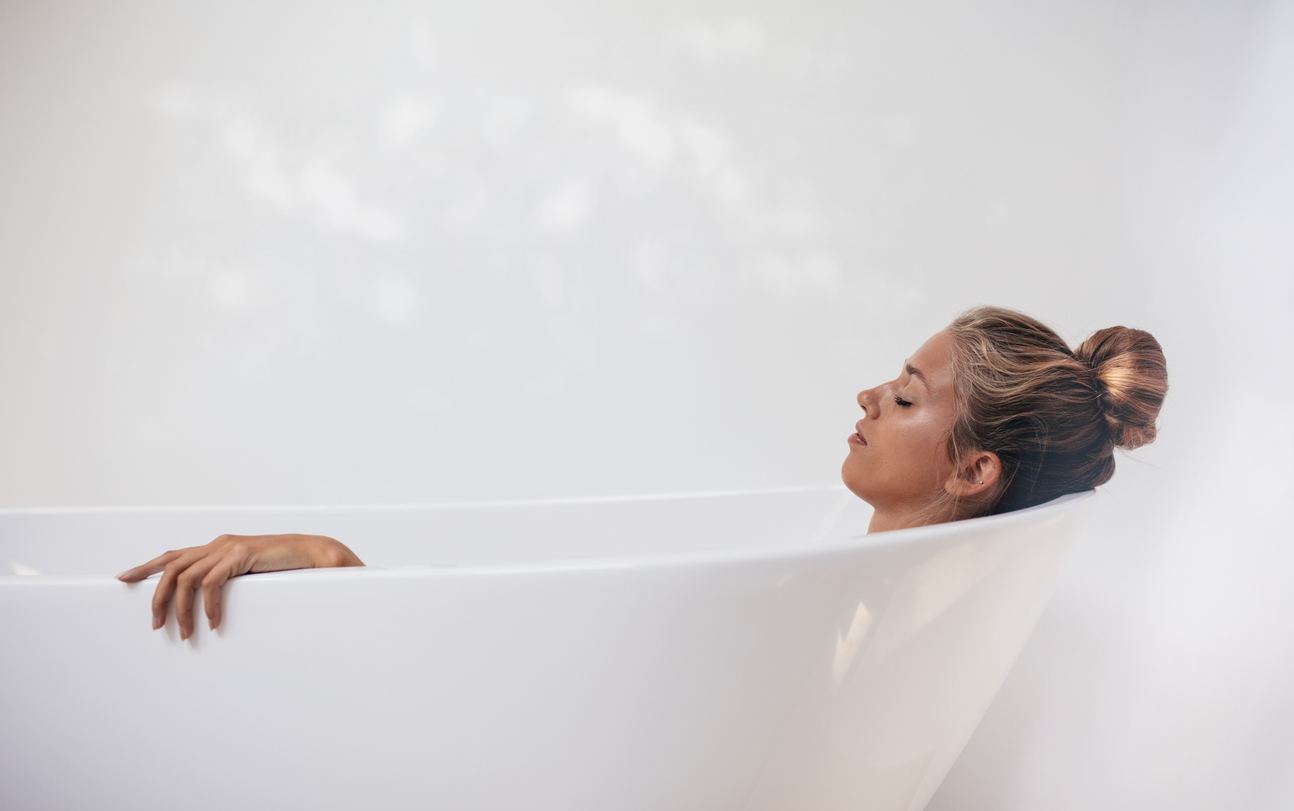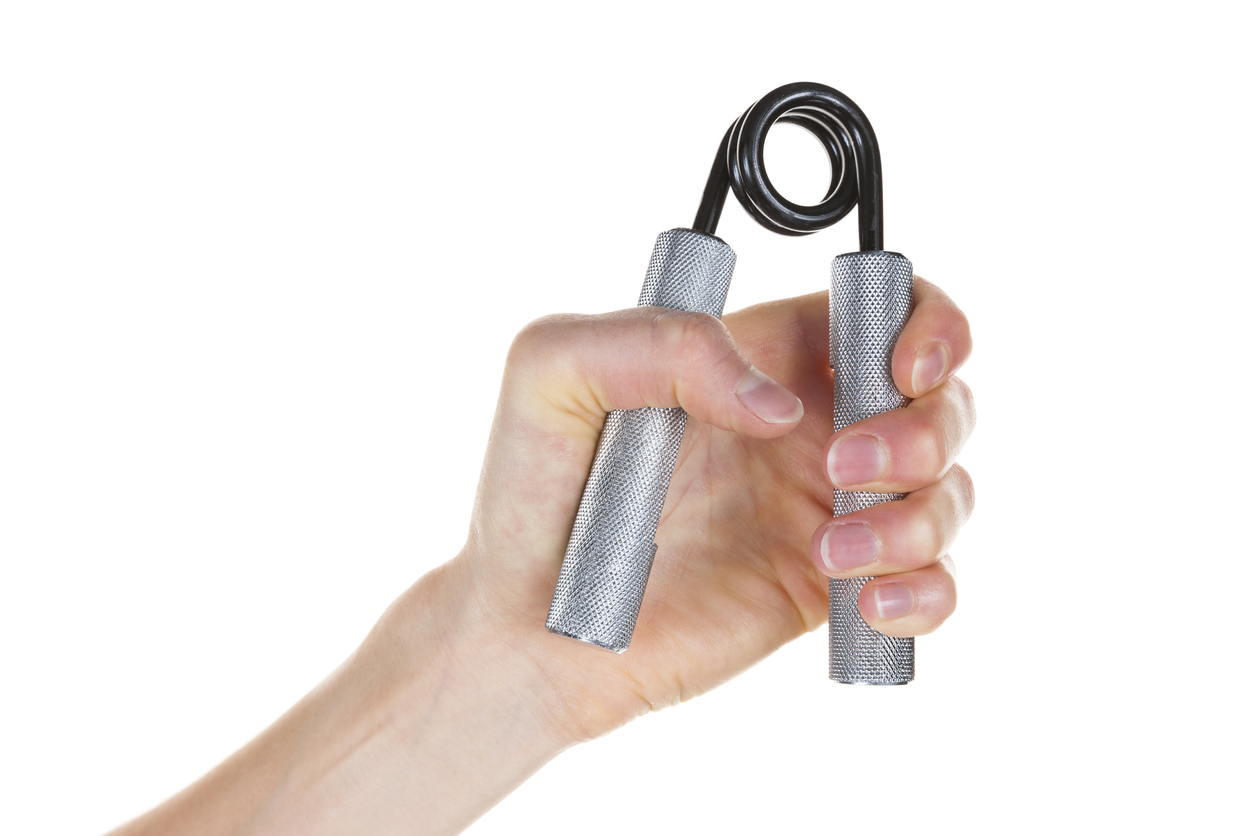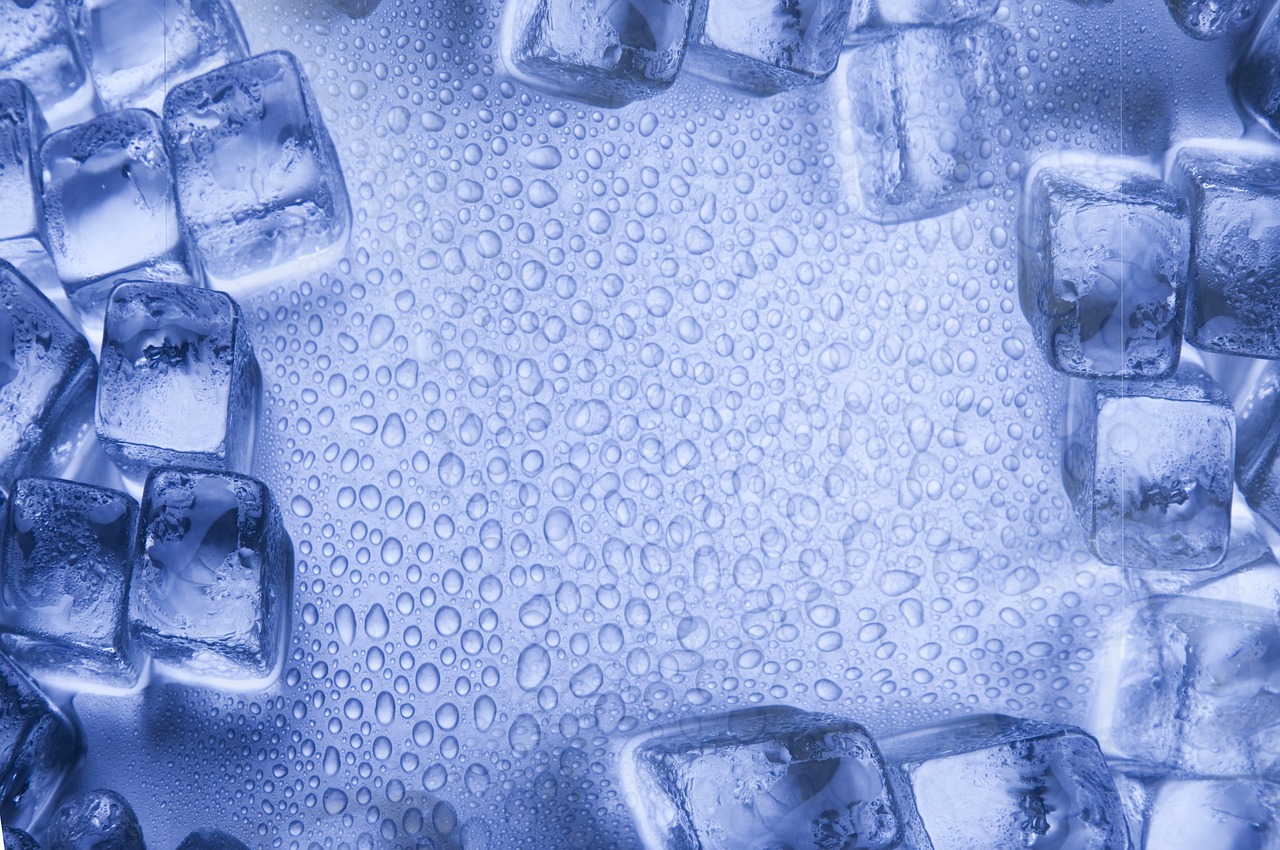Stop the bubbles and the scented candles!
Bathtime is no longer a time for fun and play or peace and relaxation.
Time to ditch the bath bombs, fizzes, and salts, because ice cubes are the only thing you need for an ice bath tub!
Sure, hot baths are advantageous for pain and swelling and work wonders to wind down mentally, but ice bath benefits are also great for physical and mental health.
Some of the most popular Ice bath benefits include:
- Reduce inflammation
- Prevent muscle soreness
- Weight loss
- Better sleep
- Improve mental health
- Immune system support
If you want to know the science behind cold water plunges, the health benefits of ice baths, and are wondering “how long should you stay in an ice bath?” we have all the answers to these questions and more!
Are Ice Baths Good for You?
So you’ve heard about the hype of ice bath benefits, but you’re wondering are ice baths good for you?
The practice of ice bathing dates back to 3500 B.C. in ancient Greece for relaxation and socializing. In ancient Rome, ice baths were used to treat fevers and other medical conditions.
Cold water immersion and cryotherapy have been studied since the 1950s for the following purposes:
- Pain relief
- Temperature reduction
- Tissue repair
- Injury recovery
- Blood flow
- Mental wellness
Let’s dig into the science behind cold water immersion to see how the benefits of an ice bath work!
Human adaptation to thermal extremes is a natural part of evolution. The human thermoregulatory system relies on behavior and physiological responses to maintain its internal body temperature necessary for survival.
Essentially, the human body challenges itself in extreme temperature changes and, throughout evolution, has been very adaptable.
The human body relies on two types of physiological mechanisms in exposure to cold temperatures:
- Shivering thermogenesis (ST)
- Nonshivering thermogenesis (NST)
The chart below shows the difference between shivering thermogenesis and nonshivering thermogenesis present during an ice bath.
| Shivering thermogenesis (ST) | Nonshivering thermogenesis (ST) |
|
|
Shivering thermogenesis creates heat similar to when we move quickly to warm up, whereas nonshivering thermogenesis is like our internal heating system.
While our ancestors naturally adapted to cold temperatures for survival, the more modern practice of ice bathing is for the physical and mental health benefits of ice baths.
The chart below shows some of the physical and mental health benefits of ice baths.
| Physical Health Benefits of Ice Baths | Mental Health Benefits of Ice Baths |
|
|
Why Do Athletes Take Ice Baths?
Compared to the average person, athletes put a lot of physical strain on their bodies. Games, practices, and hours of training cause a robust inflammatory response by the body. Pain and inflammation are the body’s responses to injury. Although most athletes would not consider themselves injured post-workout, the same muscle inflammation and soreness present in a milder form.
The four main reasons athletes use ice baths are:
- Reduce inflammation
- Ease muscle soreness
- Speed injury recovery
- Improve post-workout recovery
Essentially, the reduction in inflammation aids in easing muscle soreness, speeds up injury recovery, and improves the overall time and effectiveness of the post-workout recovery.
Ice Bath Benefits
Athletes aren’t the only ones taking a cold plunge for the ice bath benefits. In recent years, ice bath benefits have been trending on the internet, and many people practice ice bathing in their homes.
We’ve gathered a list of 15 ice bath benefits for physical and mental health that are advantageous for everyone.
Weight Loss
At some point or another, most of us look for an easy way to shed a few pounds. One of the primary benefits of an ice bath people want to know about is how ice baths benefit weight loss.
Cold water exposure increases brown adipose tissue activity and cold-induced thermogenesis in the human body. In simple terms, cold temperatures support the metabolism by activating brown fat; when triggered, brown fat breaks down blood sugar and fat molecules. It burns calories to generate heat and maintain body temperature.
While there is little evidence to show how many calories you can expect to burn by sitting in an ice bath, research shows your body burns calories by warming itself up in ice-cold water.
Reduces Inflammation & Swelling
Ice packs are a go-to staple when we experience inflammation and swelling from an injury or following a medical procedure.
Ice baths and cold water therapy work the same way as an ice pack. Ice bathing reduces inflammation and swelling by causing the blood vessels to constrict and reducing blood flow. Once out of the ice bath, the blood vessels open back up, helping the body to cleanse waste and toxins that cause inflammation.
Ease Sore Muscles
Weight-crushing workouts, and sports matches aren’t the only reason for sore muscles. As we age, our muscles get tighter, and tendons and ligaments lose their natural flexibility. Naturally, the soft tissue becomes more sensitive to damage, and when it becomes inflamed, it causes tight muscles and joint pain. Ice baths are an effective treatment for sore muscles from day-to-day activities. Taking an ice bath for just ten minutes can alleviate muscle pain.
Speed Injury Recovery
Taking a cold plunge can speed up injury recovery similarly to ice packs or a frozen bag of peas. Submerging your body in an ice bath, including the injured body part, cools down muscles, tissues, ligaments, and tendons, which reduces swelling. Reduced swelling and inflammation is essential for speeding up injury recovery and reducing pain. Once your body warms up, it increases blood flow, repairing damaged tissue faster.
Improve Post Workout Recovery
Intense cardio exercise and lifting weights cause microtrauma and tears in the muscle fibers. Ice baths are an effective way to improve post-workout recovery by reducing inflammation in the joints and muscles. This means less soreness and a quicker recovery time, so you can get back to your workouts sooner!
Better Sleep
Did you know that ice bath benefits include improved sleep? A refreshing ice bath may be an initial way to wake you up and keep you moving, but when it comes to bedtime, you’ll likely enjoy a night of better sleep.
Exposure to ice-cold temperatures activates the vagus nerve. The vagus nerve is an important part of the parasympathetic nervous system that connects the brain to vital organs, including the heart, gut, and liver. It also balances the nervous system by promoting a relaxation response.
Increased parasympathetic activity in your vagus nerve signals your heart rate to slow down, promoting relaxation and sleep. Studies suggest ice baths help you stay asleep for longer and have a deeper sleep.
Experts recommend taking an ice bath at least 90 minutes before bedtime to allow the stimulation of the vagus nerve to promote relaxation and, eventually, sleep.
Try ice bathing along with other ways to activate your vagus nerve:
- Deep breathing
- Meditation
- Therapeutic session with your favourite massage oil
Foot Pain
We owe it to our feet for carrying us around all day. You are more likely to get chronic foot pain if you’re constantly moving and on your feet. While we’d love to come home and get a foot massage from our partner, that pampering is rarely the case!
Taking an ice bath for sore feet can help reduce Inflammation caused by Plantar Fasciitis, Tarsal Tunnel Syndrome, and other common conditions causing heel pain.
Ice baths for sore feet work by:
- Constricting blood vessels beneath the skin
- Reducing blood flow to the feet
- Numbing nerves
- Decreasing swelling and pain
- Improving blood circulation post-ice bath
You don’t need to take a full-body ice bath for sore feet. Fill up a washing-up bowl or purchase a foot spa to soak your feet in ice-cold water.
Zohna Tip
Purchase a foot spa with massage rollers and vibration settings to give your feet a relaxing, warm soak after an ice bath.
Panic Attacks
There are many Ice bath benefits for mental health, including an effective way to stop or prevent panic attacks. Jumping in an ice bath and submerging your face for 30 seconds can help calm panic attacks.
The shock of ice-cold water activates the parasympathetic nervous system, which helps redirect mental focus while lowering your body temperature. Ice baths allow you to ‘cool off’ and prevent a panic attack from getting worse.
Anxiety
Soaking in a tub of warm water or a bubble bath is a well-known way to distress and promote relaxation. While the thought of jumping in a cold plunge may sound more like a state of shock, the long-term ice bath benefits for anxiety and depression may trump those of hot bubble baths.
In 2020, a study conducted in the United Kingdom showed that the 61 participants who took a 10-week course learning to swim in cold water displayed overall improvements in their day-to-day mood and well-being more than spectators who watched from shore.
Researchers hypothesize that cold water submersion trains people to become more resilient to stress. Dealing with the instant shock and tolerance of a stressful situation helps them cope with other life stressors. This leads to a decrease in anxiety and an increase in positivity.
Depression
While an initial cold plunge may not be the more pleasant experience, the benefits of an ice bath for depression come from the release of the endorphins the cold water triggers.
The endorphins triggered by cold water promote:
- Better mood
- Appetite control
- Release of sex hormones
- Positive responses
Ice baths also increase the secretion of neurotransmitters like norepinephrine. Activities that trigger norepinephrine are known to be natural antidepressants. Psychiatrists believe that the shock from an ice cold bath works similarly to electric shock therapy, an effective treatment for depression.
Increased Cognitive Performance
A study conducted in 2021 concluded that cold water exposure benefited several aspects of cognitive performance. The cognitive domains are affected when the body’s core temperature drops below average.
The ice bath benefits for cognitive performance include:
- Attention
- Speed of processing
- Memory
- Executive function
The hypothermic stress of cold water immersion stimulates the release of norepinephrine, one of the hormones known to regulate energy, focus, and attention.
So, if you feel like you are having one of those mornings where you can’t seem to wake up or focus, consider a quick ice bath before your morning shower!
Immune System Support
Cold and flu season starts when the weather gets cooler and ends when the air gets warmer. It’s the time of year when our immune system could use a little extra support.
Cold and flu viruses are more common in the colder months for the following reasons:
- Viruses thrive and reproduce more quickly in cold weather.
- People spending more time indoors allows viruses to spread in contained areas.
- Humans lose their natural immunity to viruses in colder temperatures.
Research has shown that the drop in temperature in wintertime kills up to 50% of virus-killing cells in the nose, hence, a weakened immune system.
Brief exposure to cold temperatures, like ice bathing, helps boost our immune system against the viruses that thrive in cold temperatures. The increased metabolic rate during shivering activates the immune response. Training your body to handle cold water will boost your immune system and provide immune system support against cold and flu viruses.
Ice Bath Facials
Have you ever heard of an ice bath facial? Submerging your face in a bowl of ice and water for 30 seconds, two to three times, can provide amazing benefits for your facial skin.
Ice bath facials are known to:
- Reduce Puffiness around the eyes
- Shrink pore size
- Reduce fine lines
- Soothe skin inflammation
- Boost overall radiance
The benefits of ice bath facials are supported by the fact that ice reduces inflammation and increases blood circulation, which in turn minimizes pore size and energizes the skin. Ice facials for anti-aging are related to vagus nerve stimulation, promoting skin relaxation.
Rejuvenated Skin
Ice bath benefits for skin aren’t limited to ice bath facials. Taking a full-body cold plunge is excellent for the skin all over your body. The shock of cold water triggers the release of norepinephrine, a neurotransmitter that helps with focus and also constricts the blood flow to the skin. Once the skin returns to normal temperature, it will have an energized, healthy glow.
Hair and Nail Growth
Increased blood flow to the scalp during an ice bath stimulates the hair follicles. Ice baths nourish the hair cells to promote thicker hair, faster hair growth, and prevent further hair loss. Taking a cold plunge also stimulates nail growth.
How Long Should You Stay in an Ice Bath?
How long you should stay in an ice bath depends on how experienced you are with ice bathing and the ice bath benefits you are hoping for.
The chart below shows the recommended amount of time you should stay in an ice bath for each benefit.
| Ice Bath Benefit | How Long You Should Stay in Ice Bath |
| Overall benefits | 11-15 minutes |
| Injury recovery | 10 minutes |
| Post-workout | 10-15 minutes |
| Sore feet | 10-20 minutes |
| Anxiety | 30 seconds – 3 minutes |
FAQ
How Many Ice Baths a Week?
Ice baths are the most effective when taken as needed, after intense workouts, or for injury recovery and pain-related reasons. If you train regularly for sports or are in the gym almost every day of the week, sports trainers recommend ice baths once or twice a week. Ice baths for mental health reasons are recommended daily for shorter amounts of time.
Cryotherapy vs Ice Bath?
The main difference between cryotherapy and an ice bath is that cryotherapy uses extremely cold air and ice baths use ice-cold water. Full-body cryotherapy tanks expose individuals to temperatures as low as –200 degrees Fahrenheit for one or two minutes. Isolated cryotherapy is used as a medical procedure to remove warts, spots, and other skin conditions.
What Is the Main Purpose of an Ice Bath?
The main purpose of an ice bath is to reduce pain and inflammation. By constricting the blood vessels, ice baths help reduce swelling and temporarily numb the nerves to decrease pain. Once an individual removes themself from an ice bath, the body cleanses the toxins causing inflammation, and the blood flow is restored.
Can an Ice Bath Help a Sprained Ankle?
One of the most common reasons we keep an ice pack or a frozen bag of peas is for mild injuries to our ankles and feet. If you roll your ankle or suspect a sprained ankle, an ice bath can help a sprained ankle by preventing further inflammation, reducing swelling, and speeding up recovery.
Ice Bath for Sore Foot?
Healthy feet are the foundation of the whole body. When you have sore feet, it makes doing physical tasks particularly hard. Drawing an ice bath for a sore foot is a great way to soothe the muscles and tissue and reduce swelling. Ice bath your feet for 10-20 minutes to get the soothing effect and a reduction in inflammation.
Ice Ice Bath, Baby!
If you’re ready to take the cold plunge, start with a jump in a cold pool or lake or try a DIY ice bath at home. There are so many Ice bath benefits for physical and mental health, we could all benefit from at least one!







































